

We’re here to help! Wild Yards is a completely free website that is 100% dedicated to helping you create a wildlife-friendly, sustainable yard. Read more
WildYards is reader-supported. When you buy a product through a link on our site, we may earn a comission. Every product is independently selected by our (obsessive) editors and our reviews are unbiased and objective. Read more about our mission or our privacy policy.
With their striped plumage, round faces, and wise expressions, barred owls are a real treat for birdwatchers to see. Although they are not particularly rare, these owls are somewhat reclusive and can be hard to track down because they’re most active at night. If you’d like to see more of these winged visitors in your backyard, you may be wondering if a barred owl nesting box will help.
Barred owls are happy to roost in nesting boxes. But because barred owls are fairly large, measuring 16 to 25 inches in length, and 38 to 49 inches from wingtip to wingtip, they require roomy nesting boxes. These boxes are easy to build, but you can purchase them, too, if you’d prefer.
When do barred owls build their nests?
Like other owls, barred owls don’t build nests. Instead, they look for tree hollows, fallen logs, and snags to roost in. They may also bed down in old nests left behind by squirrels or crows, hawks, and other birds. Barred owls prefer spacious, vertical nesting sites when they’re available. They may use feathers, lichen, or evergreen branches to insulate their nests.
These owls have a long breeding season, from late January to late June. This gives them ample opportunity to replace eggs if their first clutch is unsuccessful. Barred owls lay 1 to 5 eggs per season. Females incubate the eggs for 28 days while their mates bring food back to the nest. Parents hunt for their young until they are 6 weeks old and can fly well, though they will continue to care for them for up to 4 months — much longer than most other owls.

When is the best time to install a barred owl nesting box?
Since barred owls spend so much of their winter and summer months in their roosts, it’s a good idea to have your nesting box up and ready for them in the fall. This gives the owls an opportunity to find the box when they’re scouting the area.
While their behavior varies widely depending on the individual, barred owls can be extremely aggressive towards intruders approaching their nests. They’ve even been known to knock humans out of trees to keep them away from their brood.
Your barred owls will likely have no problem keeping squirrels away from their nesting boxes while they’re raising their owlets in them. But owls are unlikely to hijack a squirrel’s nest. So while you should install your nesting box in the fall, you should also take measures to ensure squirrels don’t take up residence in them before owls get the chance to.

What are the benefits of installing a barred owl nesting box?
Whether you have a problem with mice making their way into your home and outbuildings, or whether there are too many snakes in your backyard for comfort, barred owls can help. Rodents like field mice, rats, voles, and gophers make up the bulk of the barred owl’s diet, but they enjoy snacking on snakes and other reptiles, too.
Barred owls (and many other owls found in the United States) are fantastic natural pest controllers. Simply installing a barred owl nesting box will help encourage them to visit your yard, where they’ll do what they do best: hunt.
In addition to rodent removal, barred owls can be used to keep insect populations down. If your vegetable garden is overrun with moths, caterpillars, and cutworms, barred owls are a great solution to the problem. Although insects only make up a small portion of the barred owl’s diet, they’re happy to eat them when they can find them.
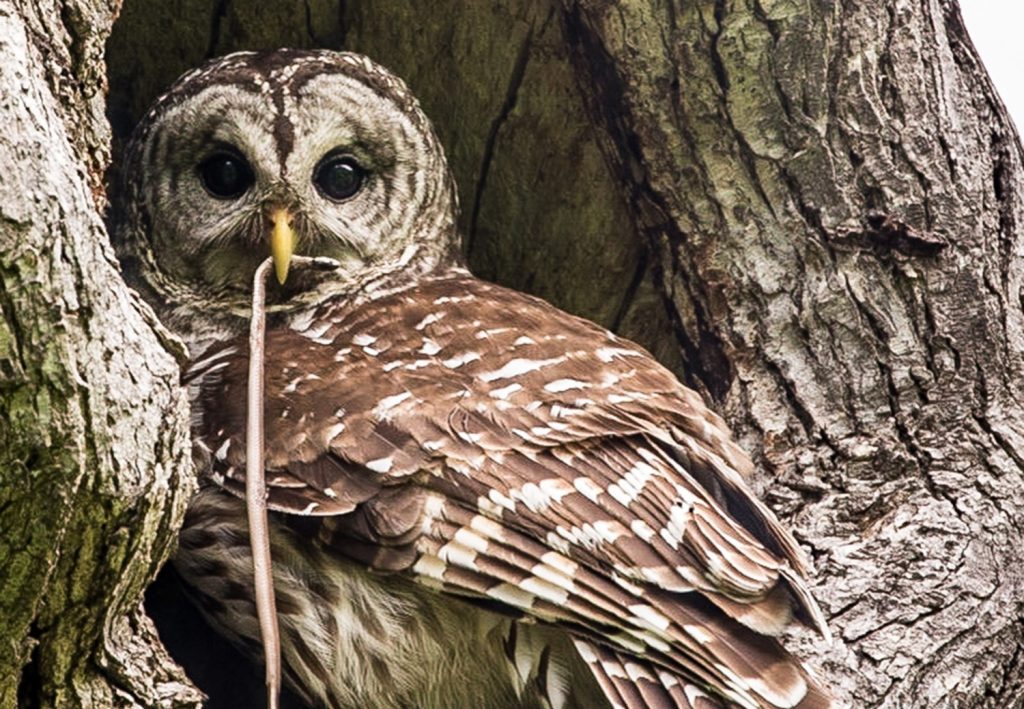
What materials do you need to build a barred owl nesting box?
Owl boxes are so easy to build, and when you consider the many benefits of having these birds around your property, there’s no reason not to make one. If you’re handy with power tools, you can easily build one of these boxes in an afternoon. And if you’re new to woodworking, don’t worry! Barred owl boxes are an easy first-time project to make. Here’s what you’ll need:
- 1 – 4’ x 4’ sheet of ¾” treated exterior plywood (pine works best)
- 1 ½-inch deck screws
- Drill fitted with ¼-inch bit
- Measuring tape
- Circular saw
- Jigsaw
- Nesting box template
- Pencil
- Safety goggles
Pro tip: gather all of your supplies before you begin the project. You’ll save time by having everything you need on hand right from the start.
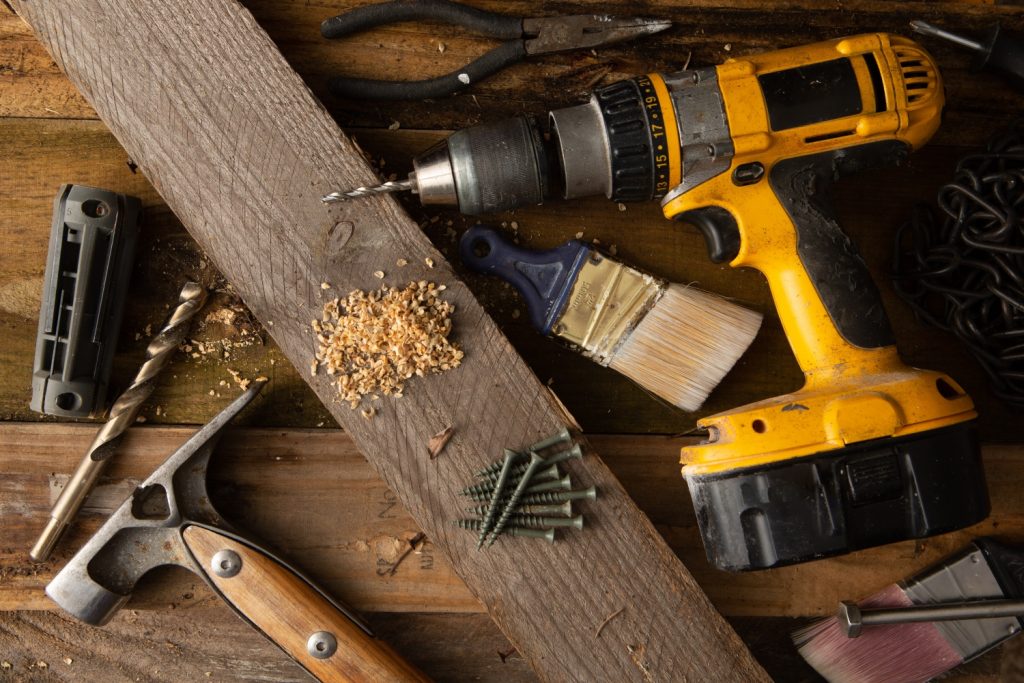
How to build a barred owl nesting box
Start your nesting box by drawing up your template. Measure out the following pieces onto sheets of paper:
- Floor — 13-inches by 13-inches
- Roof — 16-inches by 17-inches
- Front — 13-inches by 23-inches
- Back — 13-inches by 23-inches
- Left side — 13-inches by 23-inches
- Right side — 13-inches by 23-inches
Once your patterns are finished, cut them out and arrange them onto the sheet of plywood. Try to keep them as close as possible to reduce waste, but be sure to give yourself enough room to maneuver with your saw. Trace around the patterns onto the plywood using a pencil. You may find it helpful to label the pieces by writing what they are on the plywood.
Next, cut the pieces out using your circular saw. Be sure to wear safety goggles as plywood sometimes splinters when you cut into it. When your pieces are ready, take the front piece and mark the entrance hole. Center your measuring tape, measure up 11-inches and draw a mark. Then measure 3-inches in from the left side and 3-inches in from the right side. Lastly, measure down 5 inches from the top. When you’re done, connect the lines, and use your jigsaw to cut away the opening.
On a level surface, stand the front piece facing up. Place a side piece perpendicular to the front piece, making sure the ends of the boards are flush. Screw the pieces together, and repeat this step until all sides of the box are in place. Set the box on top of the floor piece (it should fit snugly inside the box) and screw it in. Drill a few extra holes into the floor for drainage. Finally, situate the roof on the top of the box so that it’s flush with the back wall and secure it with a few screws.
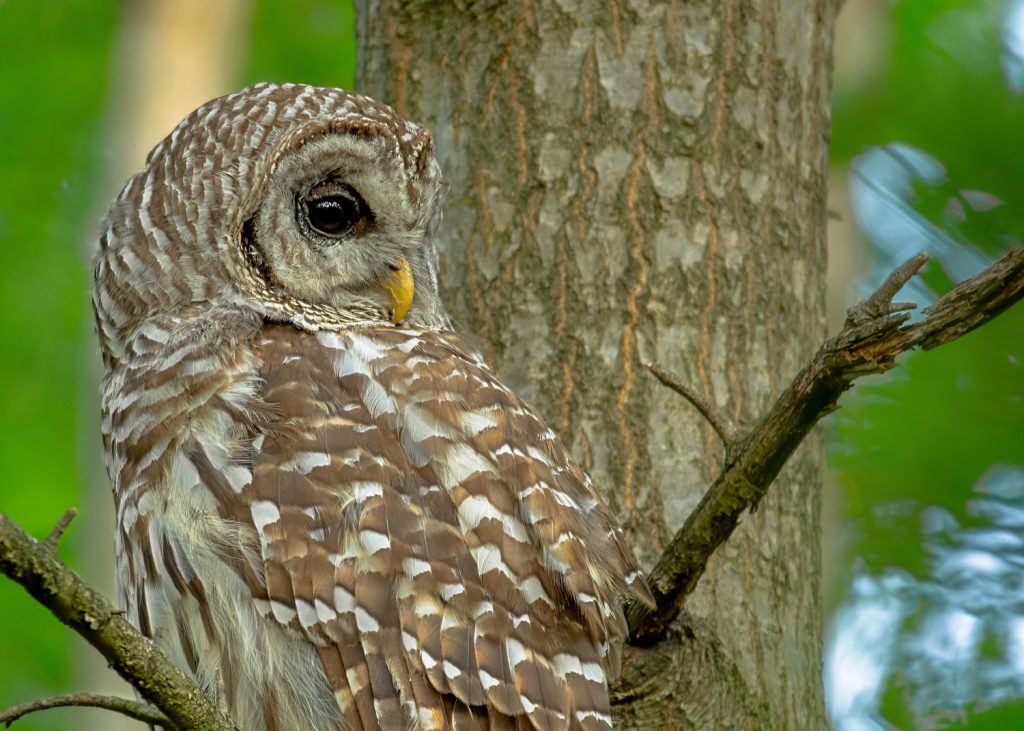
Can you purchase a barred owl nesting box?
If you’re not up to making your owl barred owl nesting box, you can purchase one instead. Some nesting boxes come with convenient hinged doors, making annual cleaning much easier. Other nesting boxes offer perches, which barred owls can sit on to hunt for prey.
Regardless of which nesting box you choose, it’s important to make sure that the nesting box has been designed with barred owls in mind. Most commercially available owl boxes are designed for the tiny screech owl, which only measures 10-inches in length. Horizontal boxes, such as those made for barn owls, are also inappropriate for barred owls, who prefer an upright orientation.

How should you prepare your barred owl nesting box?
Before you install your nesting box, take a moment to prepare your local owl’s new home. Barred owls like to nestle down in a soft layer of bedding. Use untreated wood chips, like those sold to line hamster cages, to cushion the nesting box. The bedding should be 2 to 3 inches deep.
Barred owls like evergreens and hardwoods best, so adding a handful of pine needles as well as oak, beech, or ash leaves can make their new nest more comfortable. Lining a barred owl’s nesting box isn’t exactly a science. Just be sure to provide them with some insulation to protect them from the elements.

Where should you install your barred owl nesting box?
There are a couple of ways to install a nesting box for barred owls. You can either situate it at the top of a pole, or you can fasten the back of it to a tree — whatever works for you and your backyard.
Regardless of which structure you choose to affix your nesting box to, the box should be 15 to 30 feet off the ground. Make sure the entrance is unobscured by surrounding foliage so owls won’t have any trouble getting in and out.
Ideally, the nesting box should be facing south or east. If you get strong north winds in the winter, make sure your nesting box is facing south. Otherwise, situate the box facing east, so it catches the morning sun. Staying warm is a big priority with owls, especially when they’re rearing their young.
Additionally, and while this may not be possible depending on your location, it’s best to install barred owl nesting boxes along a treeline. This gives parents a good opportunity to hunt while they keep a close eye on their owlets. Installing the nesting box in such a convenient place will make it hard for your local owls to resist.
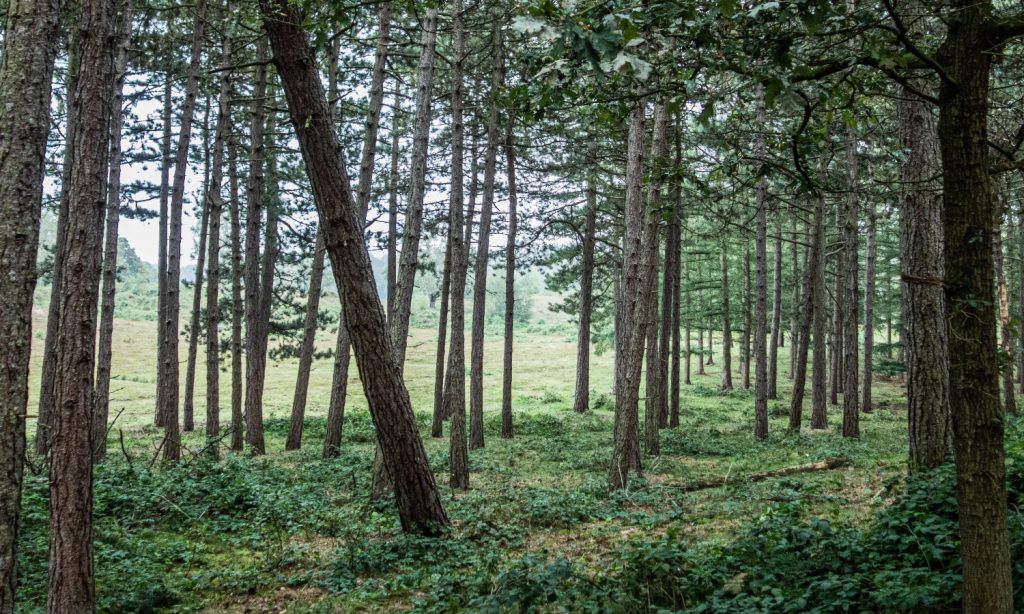
How should you secure your barred owl nesting box?
You can install your barred owl nesting box by fastening a board to the back of it, then screwing that board into a tree or pole. Use the plywood leftover from your nesting box to make a rectangular piece 6 inches wide by 34 inches long. Cut the section using your circular saw, then screw it onto the back of the nesting box.
When screwing the backboard into place, be sure to situate the screws so that they’re screwed into the floor and roof of the box. Screwing the board into the back wall will leave sharp screw-ends pointing into the owl’s roosting area, where they could get hurt. Because there’s such a long span between the roof and floor, consider applying wood glue to the backboard before screwing it in. If you do, allow the nesting box to dry overnight before installing.
Once you’ve determined where you want to put your nesting box, use 3-inch deck screws to secure it in place. Make sure the nesting box is sturdy and doesn’t wiggle. It should be solid enough for a 3-pound barred owl to land and move around without shifting from side to side.
What else can you do to attract barred owls to your backyard?
Barred owls are commonly found in swamps. They love to snack on fish, snakes, and especially crawdads, which are excellent sources of protein. If you don’t live near a swamp, digging a pond will help catch the attention of owls that happen to be passing through. Making food and water readily available is a great way to support your region’s owl population — and the rest of your local wildlife, for that matter.
If digging a pond is out of the question, installing a bird bath is the next best thing. Even if you never see an owl visiting the bird bath in your garden, that doesn’t mean they aren’t using it at night. Check the surrounding area for owl pellets, the regurgitated undigestable remnants of an owl’s recent meals. Bird baths are also popular with barred owls because they attract songbirds, squirrels, and other potential prey.
One important thing to note: when taking measures to attract more owls to your backyard, first ensure that your pets are well secured. Owls have been known to carry off housecats and small dogs, so keep these animals indoors when you don’t have time to supervise them. And because barred owls will kill and eat chickens, you should reinforce your coops to keep your flock safe from them.
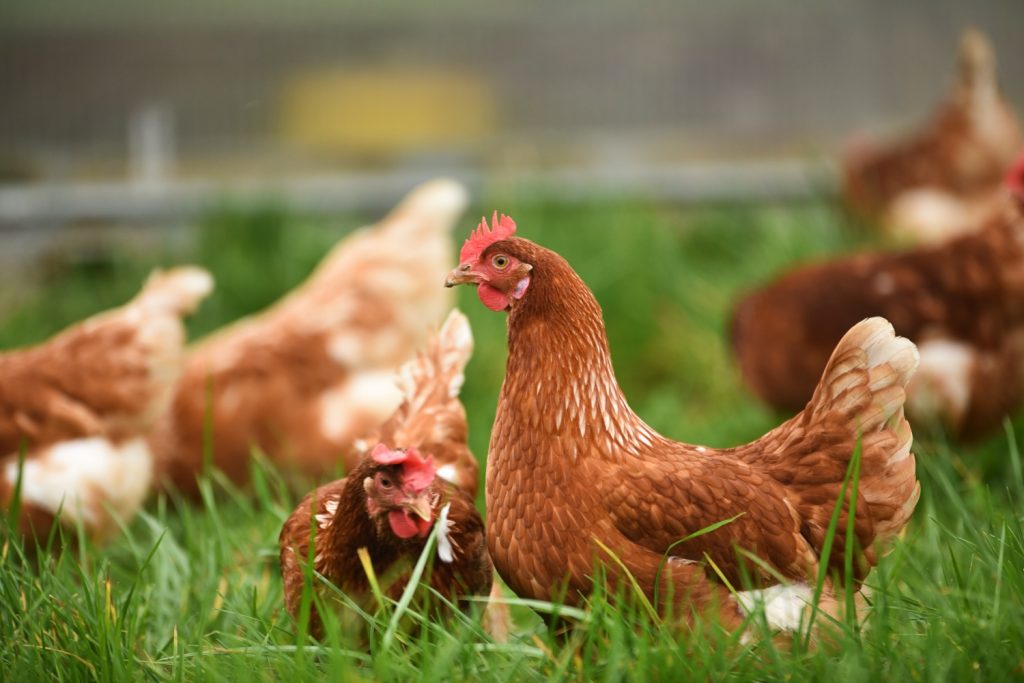
Do nesting boxes really support local owl populations?
Yes, they do! Because owls don’t build their own nests, they’re constantly in need of places to roost. If the forests in your region are heavily populated, there may not be enough viable housing options for your local barred owls to nest in.
Alternatively, if their native habitat is shrinking due to deforestation (whether it’s man-made or climate-related), installing a nesting box will be providing resident barred owls with a port in a storm.
So if you want to do something to support your local barred owls and increase the birdwatching opportunities in your backyard, install a nesting box for these fascinating creatures to roost in. Your entire ecosystem will thank you.


Interesting column. I have been trying to attract barred owls for quite some time. A few years ago there were several in my big oak tree squawking like monkeys…then none until the night before last. One lone bird watching my frog pond.